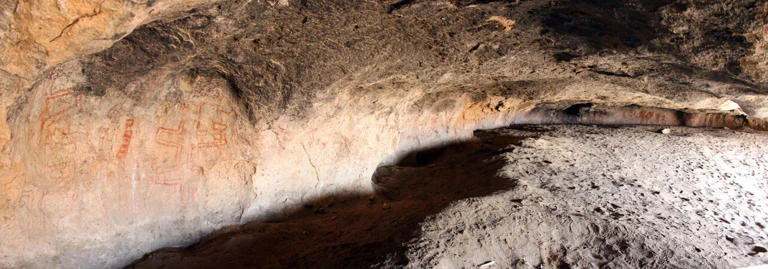
Cave art in Patagonia found to be oldest pigment-based cave art in South America | Travel News
An international team of scientists has discovered that cave art in Patagonia is the oldest of its kind ever found in South America. Their study, published in the journal Science Advances, involved radiocarbon dating the materials used to create the ancient artwork.
Patagonia, located at the southern tip of South America, is primarily composed of desert, tableland, and steppe terrain, with parts of the southern Andes. Previous research suggests that humans began inhabiting this region around 12,000 years ago, making it one of the last areas on Earth settled by modern humans.
Earlier research has uncovered cave paintings created by the region's early inhabitants, estimated to be just a few thousand years old. However, the new study has found that some of the cave art dates back to as far as 8,200 years ago.

Little is known about Patagonia's ancient inhabitants due to the scarcity of remaining artifacts. What is known indicates that life in the region was challenging, with minimal rainfall and limited food sources, likely forcing early humans to live near the ocean. Additionally, the region experienced a hot and dry period starting around 10,000 years ago, lasting several thousand years. Despite these harsh conditions, humans persisted, as evidenced by the cave art.
To further investigate the ancient cave art at Cueva Huenul 1, which contains about 900 paintings, the researchers collected samples of the plant-based "paint" for lab analysis. Radiocarbon dating revealed that the paint used in the oldest painting dates back 8,200 years, making it the oldest cave art in South America, although not the oldest in the world—that record belongs to cave art found in Indonesia.
